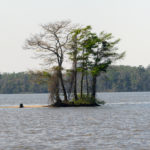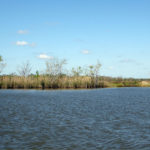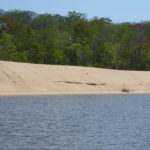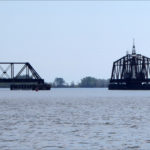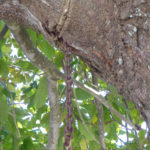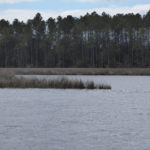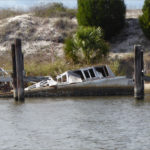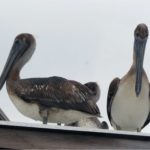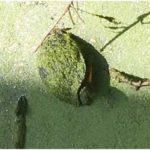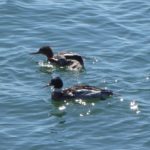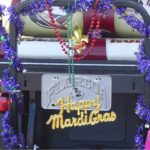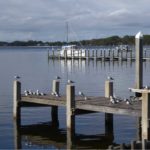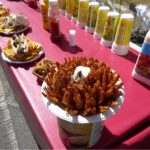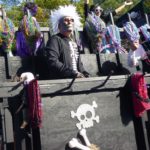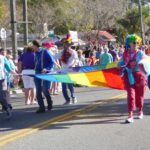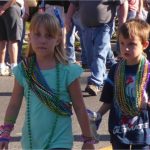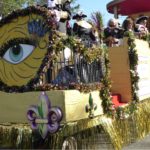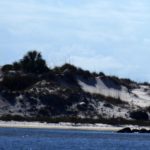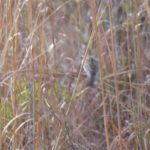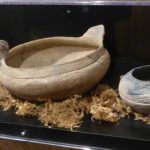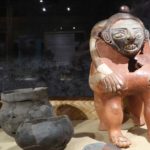City of Ft. Walton Beach Heritage & Cultural Center
February 10, 2017 – Friday
Today we visited City of Ft. Walton Beach Heritage & Cultural Center, this campus includes the Indian Temple Mound and Museum and three historic buildings; the Camp Walton Schoolhouse Museum, the Garnier Post Office Museum, and the Civil War Exhibit building.
The Indian Temple Mound is 220 feet long, 223 feet wide, and 17 feet high, the temple mound was built about 850 CE by the Pensacola culture, a local form of the Mississippian culture. When we were in South Korea we lived on the thirty-first floor of one of the many high-rises in Seoul, so a 17-foot rise doesn’t seem like much, but imagine native Indians, with no tools or beasts of burden, carrying an estimated 200,000 basket loads of earth to create the mound, impressive. This mound served as the platform for their temple, the residence of their chief, and as a burial ground.
Inside the museum, prehistoric Indian pottery, tools, and weapons are on display. This museum contains the finest collection of Fort Walton Period ceramics in the Southeastern United States.
The Camp Walton Schoolhouse was used as a one-room school for grades 1 through 8 from 1912 to 1927. In 1927 a second room was added for high-school aged children. By 1936, the town had outgrown the small school, a new school was built, and the little schoolhouse was closed.
On our way home, we watched the Penumbral Lunar Eclipse, so beautiful.
The Wooden Indian
In my opinion, the following was a little out of place for the museum, but at the same time interesting. Growing up, I remember listing to Hank Williams Kaw Liga – Texas Wooden Indian, but never knew the history of wooden Indians. Quote from the museum…
Cigar Store Indians
Wooden Indians were placed on walks in front of tobacco shops to direct illiterate customers and immigrants who couldn’t read English into the shop.
The “Indian” was chosen because it was they who introduces tobacacco to early explorers and therefore they were commonly associated with the use of tobacco.
Most of the men who carved these Indians came from shipbuilding where they sculpted wooden figureheads for ships. When the shipping industry began switching from wooden ships to ironclad vessels, the ironclads had no need for figureheads and the artists were delighted to turn to carving for retail establishments.
Early European carvers had never seen a Native American, so many figures look more like black slaves with exotic features and feathered headdresses. Eventfully, they displayed a more stylized native visage, and by their widespread use in the Americas. It has become recognizably “Indian.”
Cigar store Indians became less common in the 20th century as sidewalk obstruction laws came into use. Many were destroyed during WW I & II scrap drives. Higher manufacturing costs and restrictions on tobacco advertising also contributed to the decline.
Today the figures draw criticism for being demeaning stereotype of America Indians. People within the Native American community view such likenesses as offensive. It’s felt that they promote tobacco use as recreational not ceremonial It is said that they perpetuate inauthentic stereotypes of Native people, implying that modern individuals still live in tepees or still wear bonnets and beads.
These figures were a product of their time, a period fraught with prejudice against indigenous peoples. In their day these statues were effective communicators. What they communicated today to citizens of the 21st century us a more complicated message, eliciting both art appreciation and racial disapproval.






